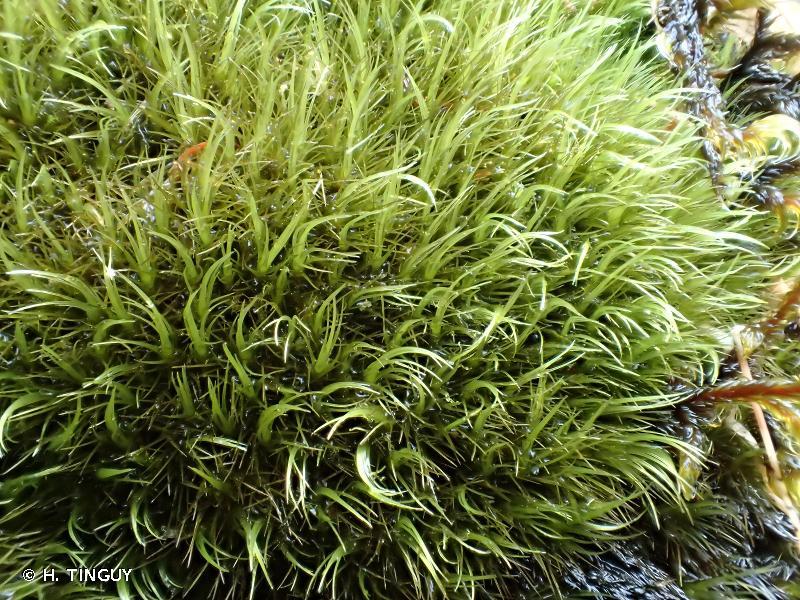
image from: https://inpn.mnhn.fr/espece/cd_nom/434135
Introduction
In the vast and captivating world of bryophytes, the Trichostomum jamaicense (Mitt.) A.Jaeger moss stands out as a remarkable member of the Pottiaceae family. Often referred to simply as Trichostomum, this unassuming yet fascinating moss has captured the hearts of enthusiasts worldwide with its unique characteristics and ecological significance.
Background
Before delving into the intricacies of this moss, it’s essential to understand its taxonomic classification. Trichostomum jamaicense belongs to the phylum Bryophyta, which encompasses all mosses, liverworts, and hornworts. Within this phylum, it is part of the class Bryopsida, commonly known as the true mosses.
Main Content
Morphology and Identification
Trichostomum jamaicense is a small, acrocarpous moss, meaning its sporophytes (spore-bearing structures) grow at the tips of the stems. Its leaves are narrow, lance-shaped, and often twisted when dry, giving the plant a distinctive appearance. The leaf margins are entire (smooth), and the costa (midrib) is prominent, extending to the leaf apex or slightly beyond.
One of the most striking features of this moss is its peristome, the fringe-like structure surrounding the opening of the capsule (spore case). The peristome of Trichostomum jamaicense is composed of 16 slender, reddish-brown teeth that are spirally twisted, a characteristic that aids in spore dispersal.
Global Distribution and Habitat
Trichostomum jamaicense is widely distributed across various regions, including the Caribbean, Central and South America, Africa, and parts of Asia. It thrives in a variety of habitats, from exposed soil and rock surfaces to tree bark and decaying wood.
This moss is particularly well-adapted to dry and exposed environments, making it a common sight in arid and semi-arid regions. Its ability to withstand desiccation and rapidly rehydrate when moisture becomes available is a testament to its resilience.
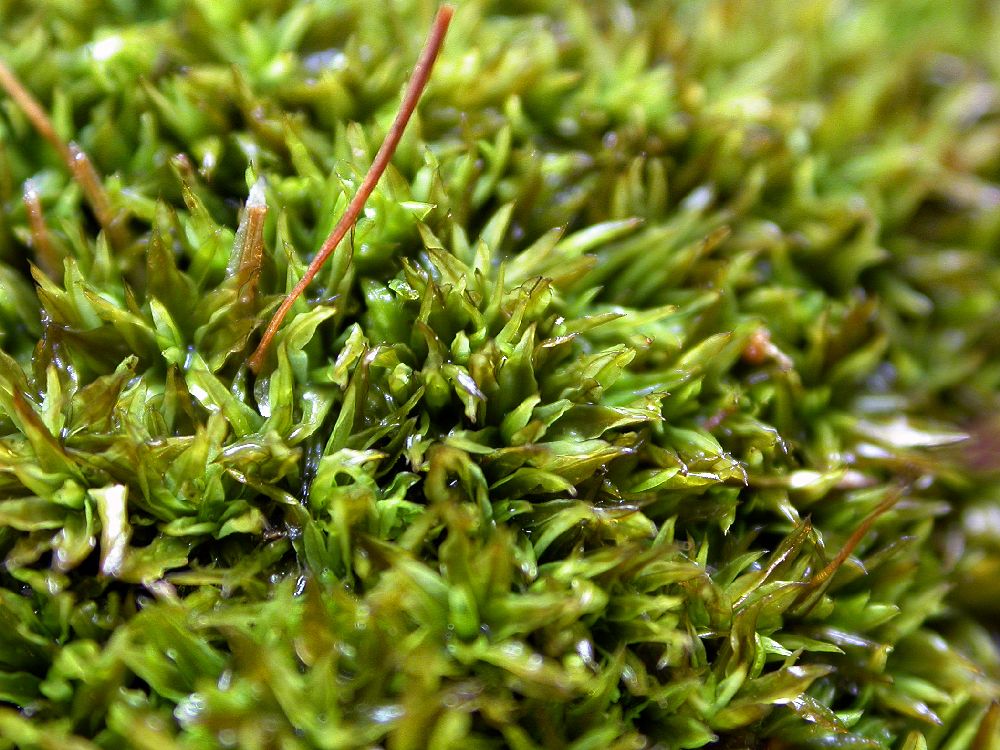
image from: https://www.earth.com/plant-encyclopedia/Bryophytes/Pottiaceae/trichostomum-brachydontium/en/
Ecological Roles and Adaptations
Despite its small size, Trichostomum jamaicense plays a crucial role in its ecosystem. As a pioneer species, it is often one of the first organisms to colonize bare soil or rock surfaces, paving the way for other plants to establish themselves.
The moss’s ability to absorb and retain moisture helps to create microhabitats suitable for other organisms, such as invertebrates and fungi. Additionally, its dense mats can help prevent soil erosion and contribute to nutrient cycling.
One of the remarkable adaptations of Trichostomum jamaicense

image from: https://www.flickr.com/photos/silybum/49873322498
is its ability to undergo desiccation tolerance
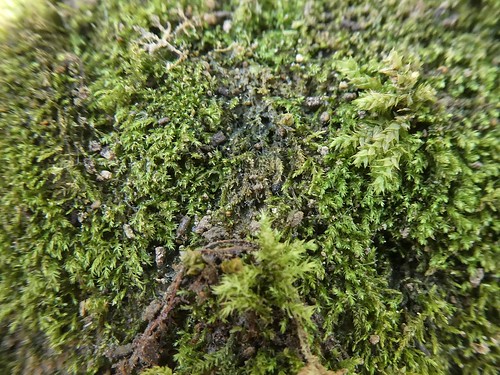
image from: https://www.flickr.com/photos/21657471@N04/49873322643/
, a process that allows it to survive prolonged periods of drought by entering a dormant state. When moisture becomes available, the moss can rapidly rehydrate and resume its metabolic activities, a trait that has fascinated researchers studying drought resistance mechanisms.
Case Studies/Examples
In a study conducted in the Sonoran Desert of Mexico, researchers found that Trichostomum jamaicense played a vital role in facilitating the establishment of other plant species. The moss’s dense mats created favorable conditions for seed germination and seedling growth, demonstrating its importance in ecosystem recovery after disturbances.
Another study in Puerto Rico highlighted the moss’s ability to colonize and thrive on various substrates, including tree bark, rocks, and soil. This versatility contributes to its widespread distribution and ecological significance across diverse habitats.
Technical Table
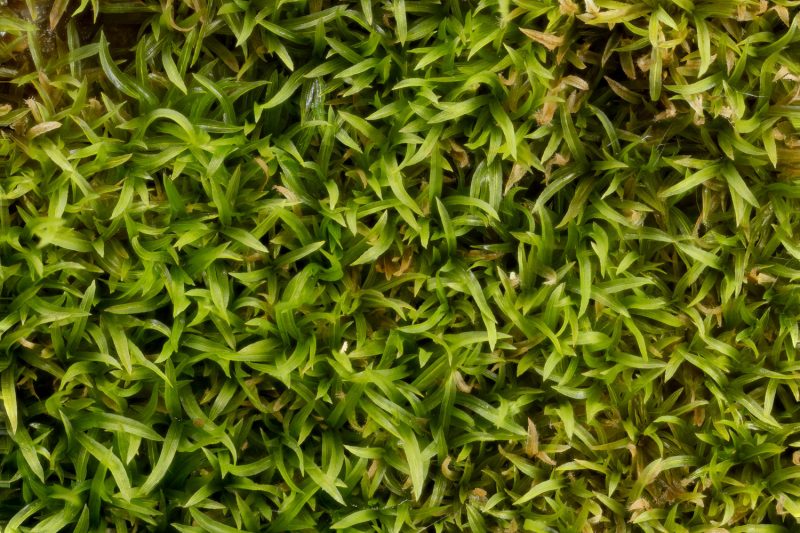
image from: https://ohiomosslichen.org/moss-trichostomum-tenuirostre/
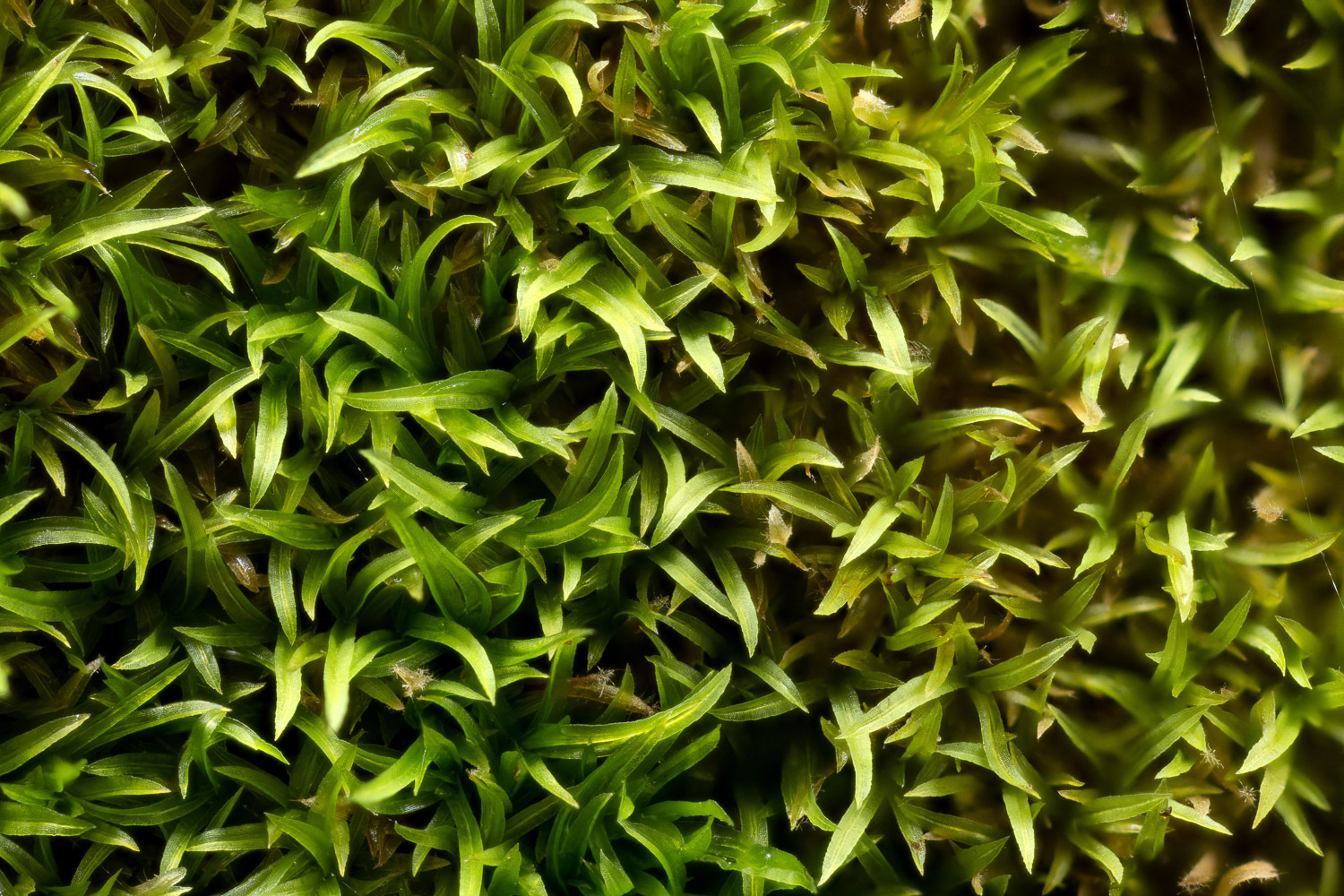
image from: https://ohiomosslichen.org/moss-trichostomum-tenuirostre/

image from: https://blogs.ubc.ca/biology321/?page_id=4715
image from: http://coo.fieldofscience.com/2017/08/define-trichostomum.html
.jpg)
image from: https://listadeorquideasmexicanas.blogspot.com/2012/10/bulbophyllum-jamaicense.html
| Characteristic | Description |
|---|---|
| Phylum | Bryophyta |
| Class | Bryopsida |
| Family | Pottiaceae |
| Genus | Trichostomum |
| Species | Trichostomum jamaicense (Mitt.) A.Jaeger |
| Growth Form | Acrocarpous |
| Leaf Shape | Narrow, lance-shaped |
| Leaf Margin | Entire |
| Costa | Prominent, extending to leaf apex or slightly beyond |
| Peristome | 16 slender, reddish-brown, spirally twisted teeth |
| Habitat | Exposed soil, rock surfaces, tree bark, decaying wood |
| Distribution | Caribbean, Central and South America, Africa, parts of Asia |
| Adaptations | Desiccation tolerance, rapid rehydration |
| Ecological Role | Pioneer species, soil stabilization, nutrient cycling |
Conclusion
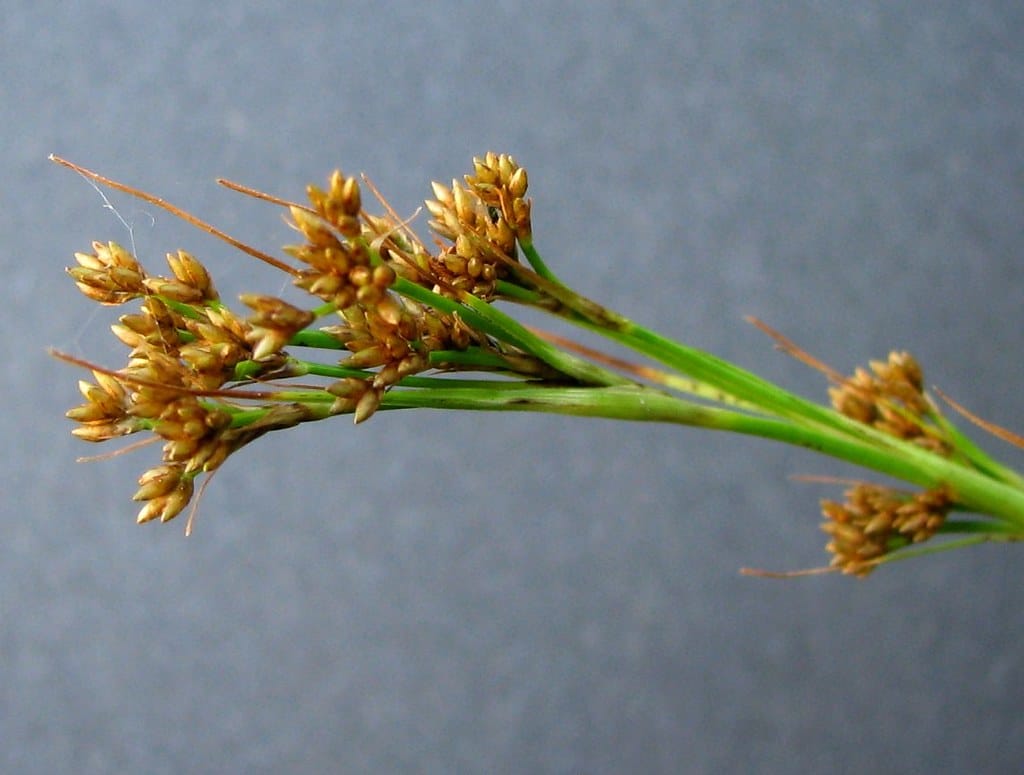
image from: https://mellowmarshfarm.com/catalog/cladium-jamaicense/